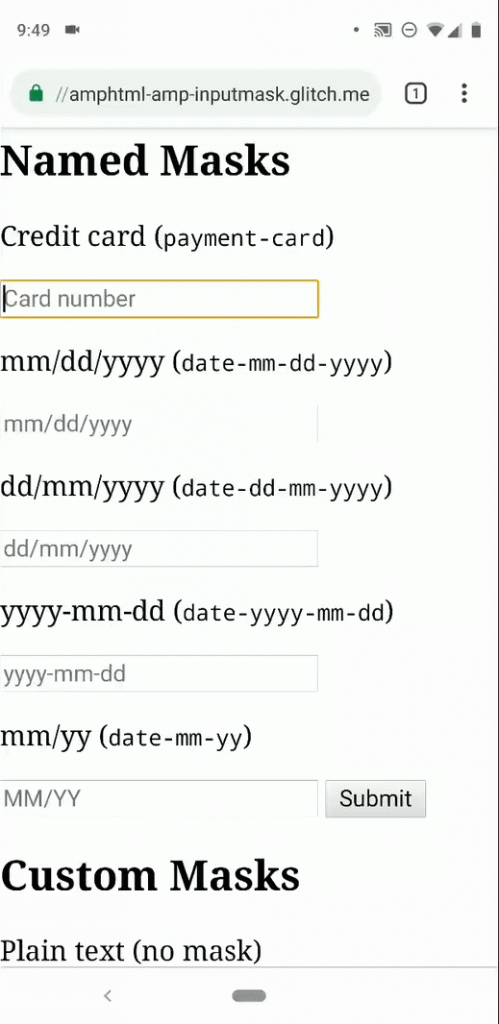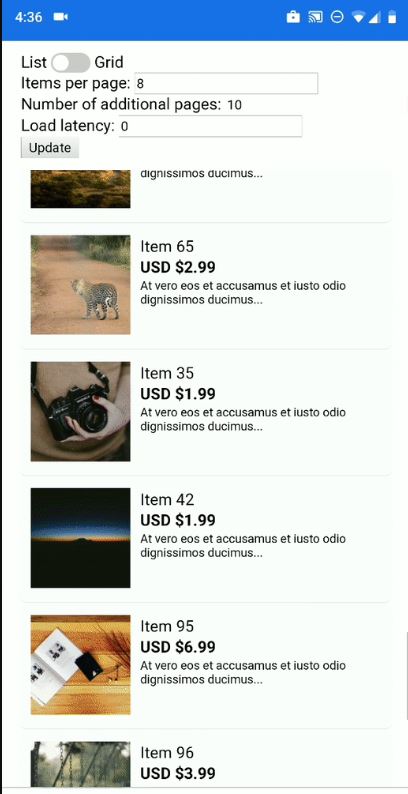How the Latest AMP Updates Help Optimize User Experience for Mobile Sites
Google’s Accelerated Mobile Pages Project has been one of the biggest factors in the push for websites to commit to mobile optimization since its release in 2016. With mobile gradually becoming the dominant internet platform, the need to improve the user experience for its users has become a standard mobile SEO practice.
While there are still questions about AMP as a factor in driving traffic, research such as the one done by Stone Temple and WompMobile shows that AMP websites (26 websites were included in the study) have experienced significant gains in organic traffic, CTR, and impressions. If you separate publisher and e-commerce AMP websites, you can still see the positive impact, especially for the latter, which is also a sign that the online marketplace continues to thrive and expand.
While AMP is not considered to be a ranking factor, the benefit of having a fast loading mobile website optimized with the user in mind is one of the best ways to grow your mobile traffic. As a result of the continuing trend, updates have also been released in order to continue improving the user experience, providing better features and improved interfaces to further improve accessibility, which in turn helps in driving more traffic. With this in mind, here are some of the latest AMP updates released during the first quarter of 2019.
Input Masking
Filling up forms online can either be an efficient or cumbersome practice depending on which site you access. This is even more so evident in mobile, where the screen is smaller in size, which means viewability and navigation play a big factor.
This process is of filling up forms is crucial, as you are filling in important and sensitive information such as your name, birthdate, credit card information, home or work address, and much more. These kinds of details can not only be lengthy but are also required to be accurate, as most services and businesses use these for verification and recording purposes.
To make this process a more efficient on AMP websites, input masking has been made available. Input masking allows you to add the right formatting and characters to your online forms, allowing users to accomplish them with more efficiency. With more users registering their information online, having a better system makes a big difference.
AMP Video Optimization
Videos on mobile web pages have a tendency to be obstructive to the view of the user if optimization is not done properly, leading to a bad user experience that will put off users from viewing your content. New improvements done for video on AMP websites is the dock attribute for <amp-video>, which minimizes the video that you are currently watching when you scroll down a page. This allows users to view content and videos simultaneously, without the video obstructing your view.
Positioning and docking sequence of the video can also be customized, which allows you to find the best way to present your video to the user. Another new feature is the <amp-video-iframe>, which allows you to install a video player that has all the AMP Video Interface features you need. Videos have become an important part of SEO strategy, and properly integrating them into content will help create dynamic content that can generate better engagement and organic traffic.
Video advertisements can also be integrated and optimized into AMP as well, with <amp-ima-video>. This allows IMA SDK video ad support, which allows you to track your ads, along with tracking your revenue through monetization.
Better List Scrolling
Scrolling is one of the most common actions done by internet users, especially when products and content are present in the website. The <amp-list> enables developers to resize the list container in order to fit different kinds of content. This allows you to see which size is best for products or blog articles on your website.
Infinite scrolling has also been rolled out, allowing users to seamlessly access more content from a single page, and removes the need to go to another list page. Infinite scrolling is a feature that is currently seeing more usage in a number of websites including Google’s mobile SERPs and looks to become the norm on how we look through lists in the near future.
Third Party Integration
Cookies and data collection are important for websites aiming to record different kinds of user information. With EU’s General Data-Protection Regulation being put into place last year, rules on data consent and privacy have now become stricter and regulated across all websites. This led to more websites using Consent Management Platforms to collect data in accordance with GDPR regulation.
With this in mind, <amp-consent> has been launched in order for AMP-enabled websites to continue using CMPs to collect and manage user data without compatibility issues. A good part of this feature is the ability to integrate data consent UI into your AMP website, which allows you to prompt users before providing their information.
Lightbox Mode
Viewing images through a lightbox has somewhat become a norm in almost any website you go to, which led to the AMP UI Working Group to optimize this feature in order to make better transitions to improve image viewability. <amp-lightbox-gallery> allows you to be able to experiment and test out the right sizes for your website, and optimize how you want users to view your images.
Key Takeaway
AMP has become a norm in mobile optimization as the number of mobile users increases. With these new features, the user experience would be greatly improved, along with developers having more options to experiment and test out new features that would improve their website’s features and interactivity.
If you have questions and inquiries about mobile optimization and SEO in general, leave a comment below and let’s talk.




